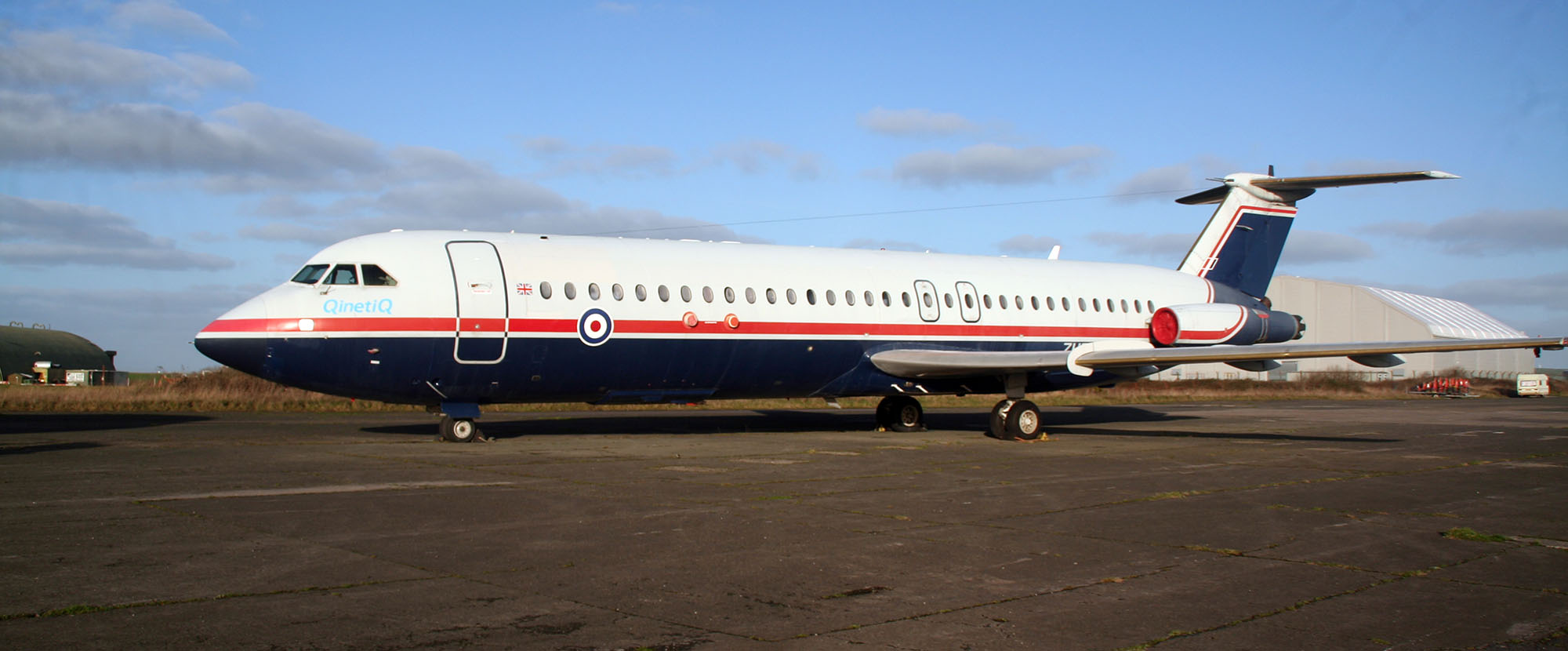BAC 1-11 – ZH763

The British Aircraft Corporation One-Eleven, also known as the BAC 1-11, was a British short-range jet airliner widely used from the 1960s to the 1990s. It was the second short-haul jet airliner to enter service, following the French Caravelle, the first 1-11 flying on 23 August 1963. The aircraft was also produced under licence in Romania during the 1980s as the Rombac One-Eleven.
The One-Eleven was conceived by Hunting Aircraft and developed by the British Aircraft Corporation when Hunting merged into BAC along with other British aircraft manufacturers in 1960. The One-Eleven was intended to replace the turboprop Vickers Viscount on short-range routes. The One-Eleven entered the market ahead of rivals such as the Douglas DC-9, which gave it a temporary edge on the market.
The aircraft proved popular with domestic airlines and various international operators. Over half of the One-Eleven’s sales at launch were to the US. The One-Eleven was one of the most successful British airliner designs, and served until a widespread retirement in the 1990s, which was partly due to the introduction of aircraft noise restrictions in many European nations.
CAHC’s example was built in 1980 as G-BGKE for British Airways and flew out of Manchester for 11 years taking people on holiday all over Europe. Was then given the Military serial ZH763 and from 1991 used by the Ministry of Defence’s Research Agency ( later QinetiQ) being based at Bedford, Farnborough and then Boscombe Down, mainly on Radar trials work. Retired in 2012, it was the last 1-11 to fly in British skies, making its final flight on 26 April 2013 when it was delivered to Newquay.
